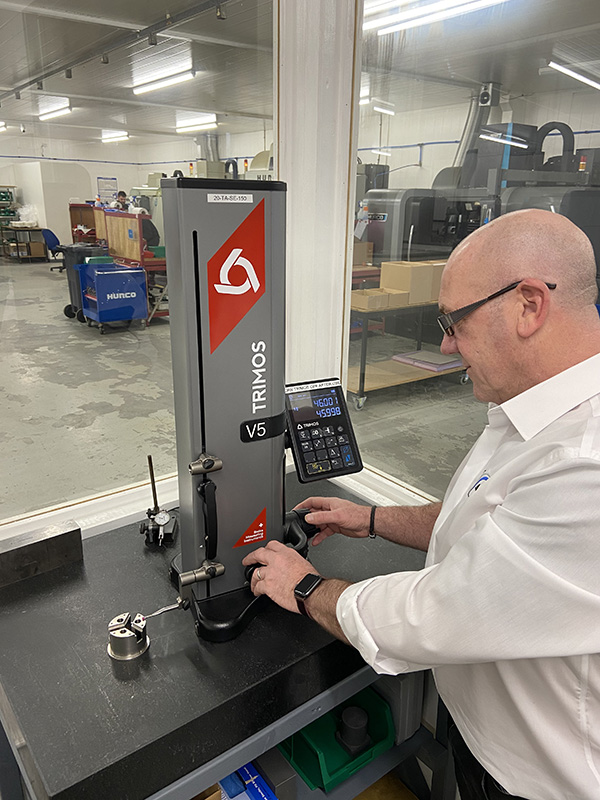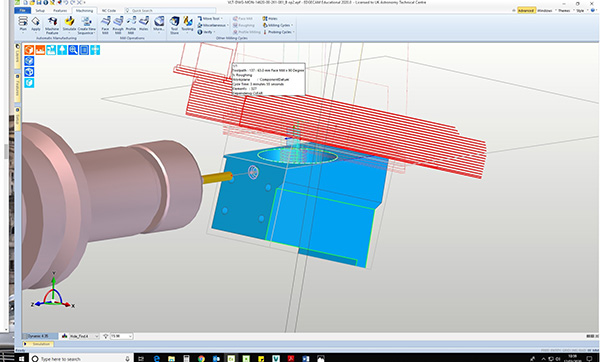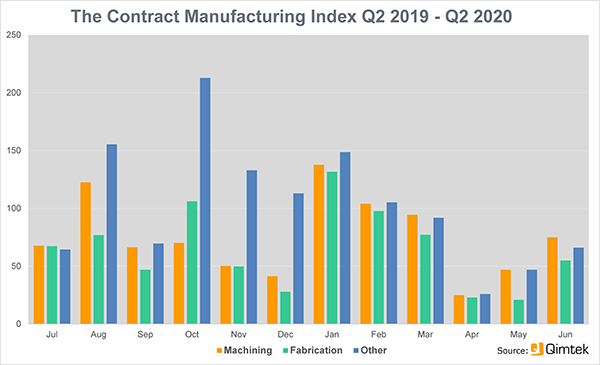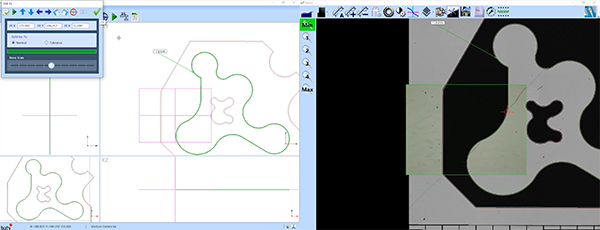Ashford-based precision turned-parts manufacturer AES Precision Engineering has invested in a Trimos V5 height gauge from Bowers Group to ensure the quality of components it supplies to the medical, defence, aerospace, automotive and electronics industries.

Mark Wilson, director at AES Precision, says: “We have strict quality control procedures and must meet tight tolerances, so accuracy is incredibly important. The Trimos height gauge is a great solution for our general inspection requirements.”
AES typically uses a CMM for the measurement of complex components. However, for basic parts requiring quick and accurate measurements, a simple solution was needed that would be fast and easy to use. The business previously used a basic digital height gauge, but decided it was time to upgrade to a more sophisticated model with a few more features.
The Trimos V5 height gauge can be manually operated or motor driven, and has a clear display and user-friendly functions. Ease of use is a notable feature; so easy that all shop-floor operatives and inspectors at AES use the height gauge on a daily basis.
“We find the height gauge very accurate, and it has a great range of functions to suit our needs,” says Wilson. “Training was very straightforward and everyone here was confidently using the height gauge very quickly.”
Having the option of both manual and motor-driven operation means the height gauge can accommodate multiple users and achieve consistently accurate measurements, regardless of which mode is used. The side probe holders enable measuring with long, robust probes, which guarantee repeatability. AES calibrates the height gauge in-house at recommended intervals to ensure consistency.
For further information www.bowersgroup.co.uk




















